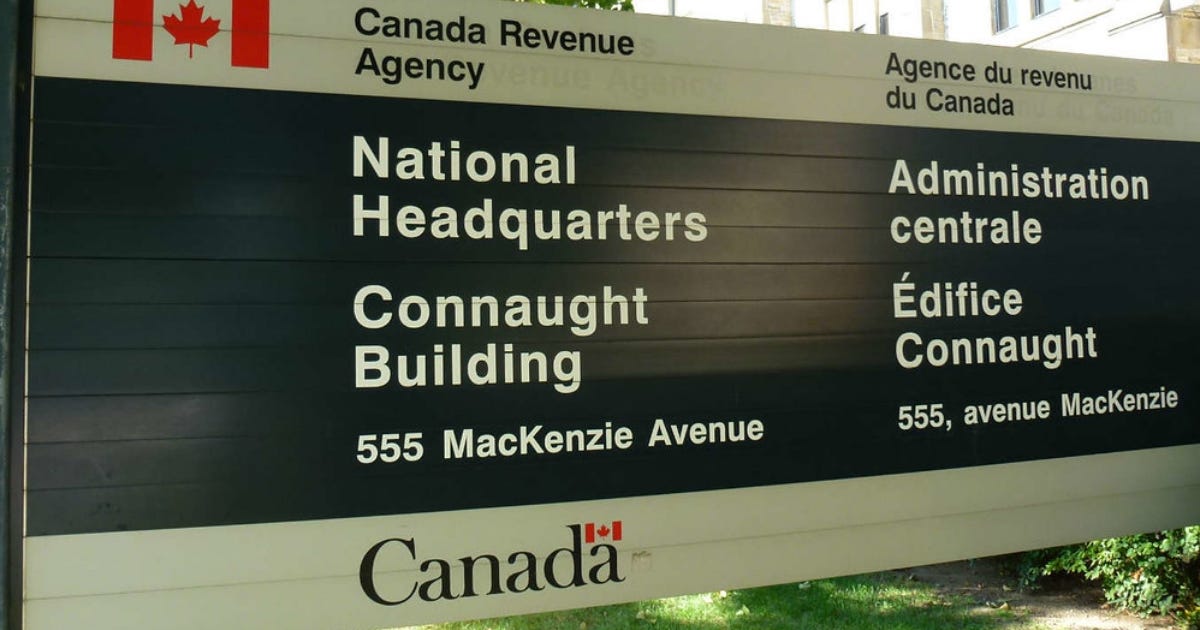Auditor General: CRA grew bigger but served Canadians worse
The Canada Revenue Agency has ballooned in size since the pandemic’s onset, yet its service to Canadians has plummeted, new reports from the Auditor General and taxpayer advocates reveal.
The Canada Revenue Agency has ballooned in size since the pandemic’s onset, yet its service to Canadians has plummeted, new reports from the Auditor General and taxpayer advocates reveal.
In her fall report to Parliament, Auditor General Karen Hogan revealed that despite adding more than 1,000 contact centre agents since 2019, the CRA’s phone response performance has worsened, with fewer Canadians able to reach an agent within the agency’s service standard.
“In the 2019–20 fiscal year, the CRA had 3,517 contact centre agents, and 43 per cent of the calls were answered within the 15-minute service standard,” the report states.
“By 2024–25, that number of agents had increased to 4,547, but only 18 per cent of the calls met the same standard.”
The findings have prompted sharp criticism from taxpayer advocates, including the Canadian Taxpayers Federation. “The CRA is getting bigger and more expensive, but Canadians are getting worse service,” said Franco Terrazzano, the group’s federal director. “That’s a serious problem, especially when the same agency is responsible for enforcing complex tax laws and auditing small businesses.”
The Auditor General’s audit focused on the CRA’s call centres, which field more than 20 million calls per year, and concluded that the agency failed to meet its own performance targets in four of five years reviewed. In some years, abandoned calls, where taxpayers hung up before speaking to anyone, reached more than 30 per cent.
The report also found that CRA’s performance metrics were inconsistent and at times misleading. While the agency claimed to be hitting targets, it excluded key types of calls from its calculations, such as those that were rerouted or dropped during system transfers. Hogan called on the agency to improve transparency and ensure performance statistics accurately reflect taxpayer experience.
“We’re talking about an agency that now employs thousands more people than before the pandemic but is helping fewer Canadians in a timely way,” Terrazzano said. “That’s not a staffing issue — that’s a leadership issue.”



